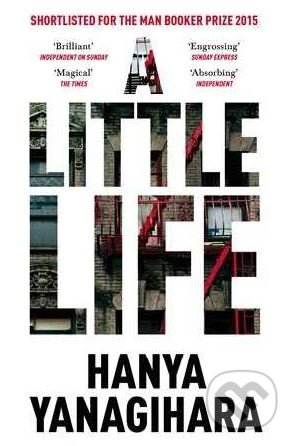
This choice has several consequences, most of them infelicitous.

The reader is quite mistaken, however: before long, all four friends are blessed with immoderate professional success, while two of them rapidly recede into the background, with Jude St Francis emerging as the novel’s protagonist. The reader predicts that some will succeed, some will fail some will build happy relationships, some won’t tragedies will strike and be overcome. Bright, ambitious and talented, they all move to New York, pursuing different careers: handsome Willem works as a waiter while auditioning as an actor JB creates trendily experimental art while dreaming of fame as a representational painter Malcolm comes from a wealthy, demanding family and worries that his architecture career will not impress his father Jude is a young lawyer, working for the public defender’s office. Malcolm, JB, Willem and Jude, randomly assigned as college roommates, become best friends. This time everyone has taken note, including this year’s Man Booker judges, who have selected it for their longlist.Īt first A Little Life reads like a male version of Mary McCarthy’s The Group, as four university friends navigate the wider world. Now, with A Little Life, Yanagihara has reversed the proposition, telling the story of a boy who is chronically, outrageously abused by a series of adults tasked with his care, and his struggles to forget the nightmare of his childhood. H anya Yanagihara’s first novel, The People in the Trees, deserved a wider audience than it found: the self-justifying memoir of a prizewinning, pioneering scientist who took boys from a remote Pacific island culture back to the US, where he raised and abused them, it is linguistically and psychologically complex, stylistically elegant, dark and chilling – but few readers noticed.


 0 kommentar(er)
0 kommentar(er)
